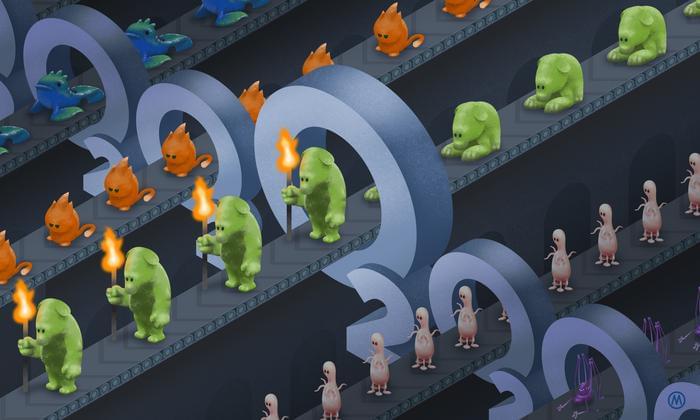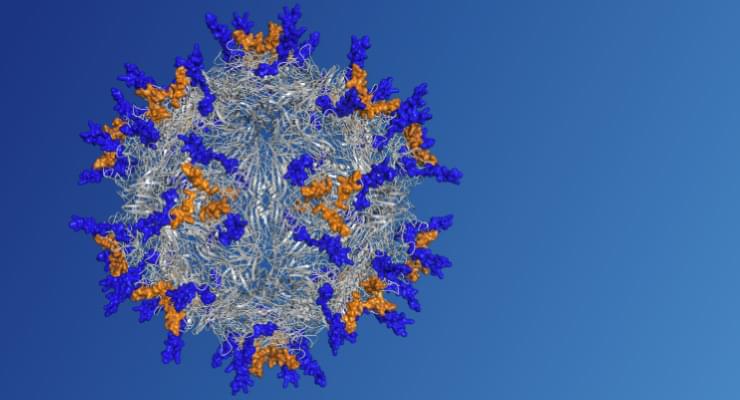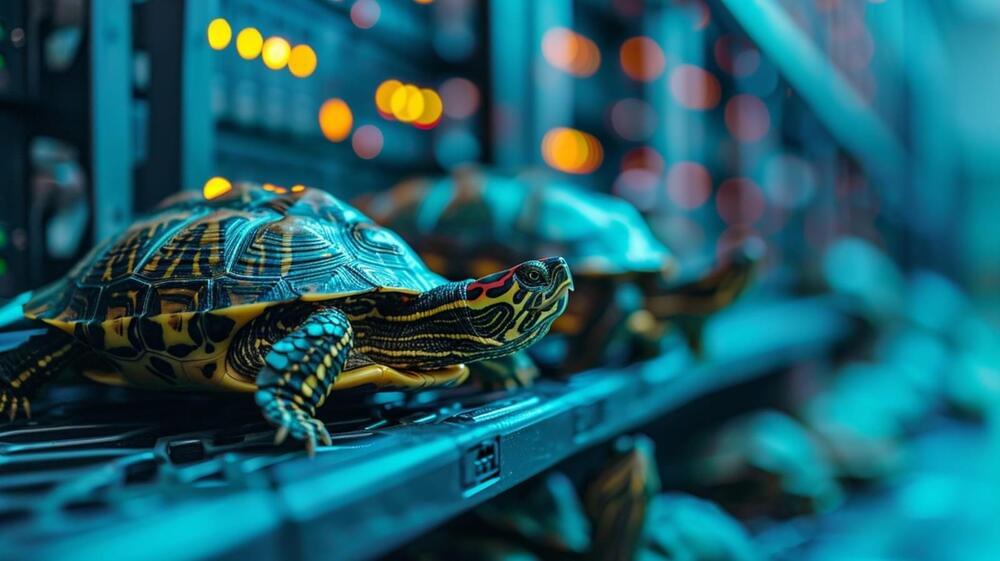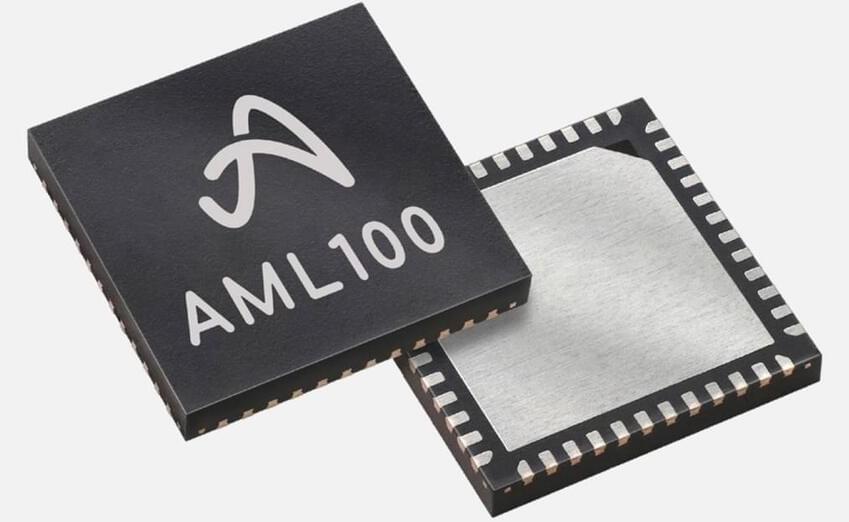
“The presence of high degrees of oxygen in the atmosphere is like a bottleneck you have to get through in order to have a technological species,” said Dr. Adam Frank.
What are the criteria for an extraterrestrial civilization to become a technological species? This is what a recent study published in Nature Astronomy hopes to figure out as a team of international researchers examine how oxygen plays a role in technological advancement, specifically pertaining to it being a necessary requirement for producing fire. This study was partially funded by a NASA grant and holds the potential to help researchers better understand the criteria for identifying technological signatures of extraterrestrial intelligence, also known as “technosignatures”
Illustration depicting how higher atmospheric oxygen levels could lead to technoligcal advancement for an extraterrestrial species, specifically pertaining to the creation of fire. (Credit: University of Rochester illustration / Michael Osadciw)
“You might be able to get biology—you might even be able to get intelligent creatures—in a world that doesn’t have oxygen, but without a ready source of fire, you’re never going to develop higher technology because higher technology requires fuel and melting,” said Dr. Adam Frank, who is Helen F. and Fred H. Gowen Professor of Physics and Astronomy at the University of Rochester and co-author on the study.









